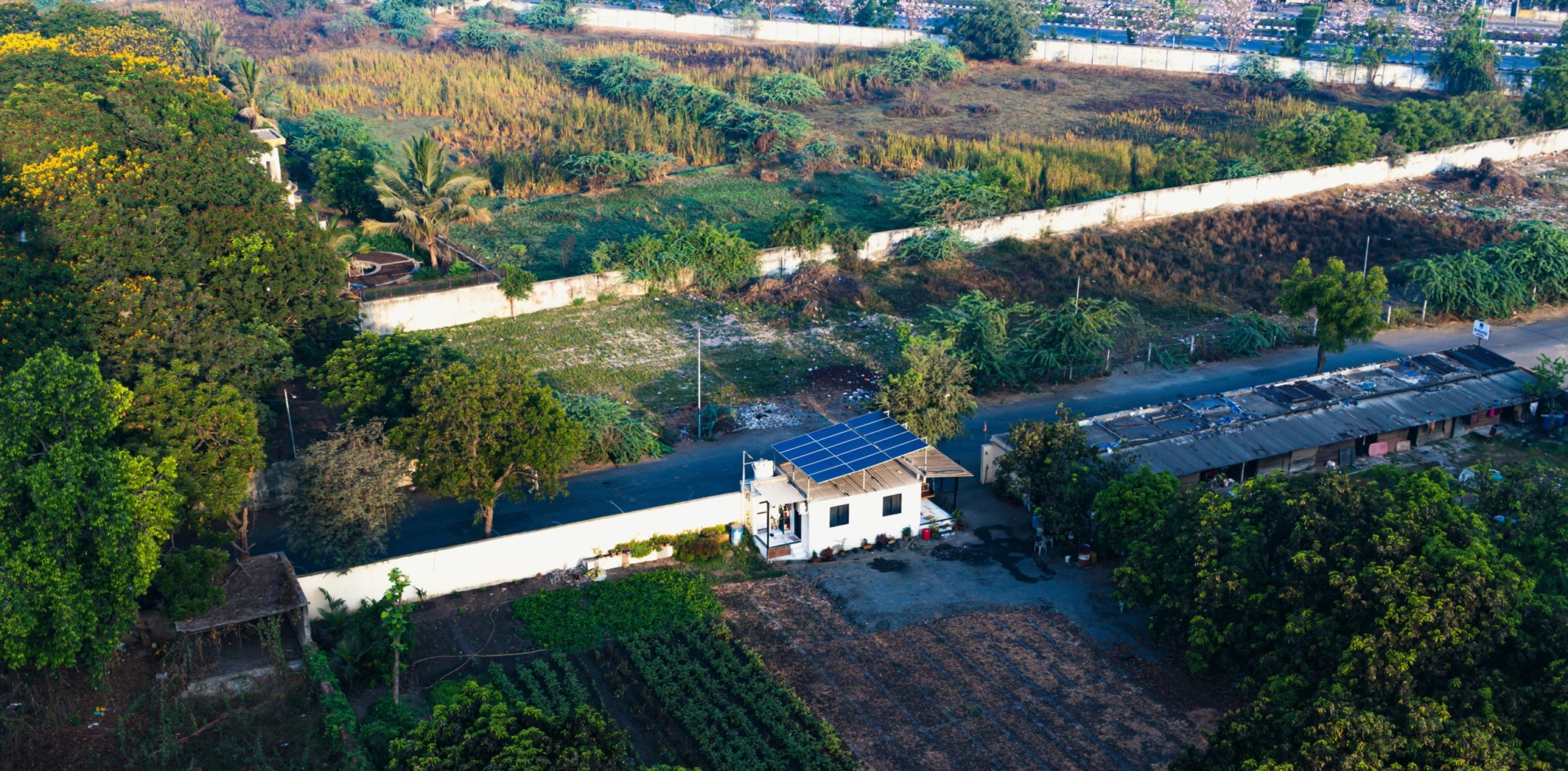

1,000 kWh
The Modern Energy Minimum is the Next Step on the Energy Ladder
![]()
The Rationale
Energy targets must align with global development goals.

Everyone deserves access to affordable, reliable, and sustainable energy.
UN Sustainable Development Goal 7 (SDG7) calls for modern energy for all by 2030. The indicator to track the power component of SDG7 is the number of people with basic household electricity, defined as at least 100 kWh per person in cities and half that amount in rural areas. The UN estimates some 760 million people remain left behind.
But household access is only the first step…

Energy poverty does not end when a household connects to the grid or buys a solar lantern.
People need more electricity at home as they grow richer. And everyone deserves to live with enough electricity outside the home to power economic activity, create jobs, and boost incomes. More energy also means climate resilience.
![]()
The Metric
We need a 2nd step in the fight against energy poverty.
The Modern Energy Minimum covers greater household use + electricity for industry, commerce, and agriculture.

 The Data
The Data
We can track the Modern Energy Minimum.
Measuring household consumption has been impossible because detailed data was missing — until now.
The Hub and a team of researchers are developing Open Energy Maps, a state-of-the-art machine learning platform for assessing electricity access and demand. This approach allows us to track the household component of the MEM.
 Who’s on Board
Who’s on Board

“World leaders must commit to a new Modern Energy Minimum of 1,000 kilowatt-hours per person per year.”
– Damilola Ogunbiyi, CEO of Sustainable Energy for All
 What You Can Do
What You Can Do
Champion the Modern Energy Minimum.
-
- Endorse the MEM as a national goal.
- Integrate the MEM into energy and climate plans to ensure enough electricity to create jobs, drive economic growth, and enable climate resilience.
- Champion the MEM at global summits as core to a just and equitable energy transition.
-
- Align funding priorities to the MEM to create jobs, drive economic growth, and enable climate resilience.
- Collaborate with governments and funders to use the MEM for high-impact interventions.
- Adopt the MEM as an additional indicator for tracking progress against energy poverty in the next iteration of the SDGs.
-
- Utilize the MEM as an additional metric to ensure a comprehensive view of energy benchmarks.
- Advocate for improved data collection methods.
- Incorporate the MEM into energy and climate models to project sufficient electricity to create jobs, drive economic growth, and enable climate resilience.
-
- Ask policymakers how energy goals align with wider national security and development goals.
- Tell stories about how energy propels jobs, drives economic growth, and enables climate resilience.
- Raise awareness about the importance of aiming higher in the global fight against energy poverty.
-
- Amplify your advocacy by learning more about the intersection of energy poverty, economic development, and climate equity.
- Demand that every person is entitled to sufficient energy to live a better life.
- Champion the MEM as an objective at global summits.





